Camino del Norte: Deba to Monasterio Zenarruza
This ended up being one of the longest days of the Camino thus far but one of the coolest. I left the railway station after eating a little bit of my sad breakfast created from the items I found at the grocery store the day before. I still had some baguette and canned chicken for the day ahead but would not be able to buy groceries because it was Easter Sunday. As I walked along I saw one of the smallest horses (a pony) and one of the largest horses (a Clydesdale??) I had ever seen.
The thing that stuck out to me as I walked was how much logging was visible from the Camino. Basque Country is rich with natural resources. From the path I could see miles and miles of forests and I was told the region is rich with ore as well. My walk ended up being really good mix of social and solitary. I talked to an American (one of the only I’ve encountered all Camino) who was a retired schoolteacher who had done El Camino Frances. I walked at various points with Sandra and Dennis, two of my new German friends (I’m telling you 80% of the people on the Camino are German!),
The biggest surprise ended up being this Hungarian pilgrim who lives in German named Kristy. Kristy lived in the United States for one year. As she began to explain that she did sales for a luxury resort in Colorado I cut her off.
“The Broadmoor?!” I said in disbelief.
“Yes! You know it?” She was as shocked as I was that I had heard of her former employer, let alone eaten brunch there.
The Broodmoor is indeed a very luxurious resort in Colorado Springs, CO. My Dad and stepmom retired in Colorado Springs, as did my grandparents. I’ve gone to “The Springs” nearly every year since I was a small child. It was an extraordinary coincidence.
Kristy was dead set on getting to a monastery that would add nearly two hours to our day. It sounded amazing but I wasn’t sure I would be able to make it. When we got to Markina-Xemein, the place where most people stop at this stage, I devoured the rest of my food and dug deep to find the energy to keep going. Shortly after this I encountered some graffiti most people wouldn’t think twice about.
“You’ll Never Walk Alone” is perhaps the most famous song from the 1945 Rodgers and Hammerstein musical, Carousel. It’s been covered by dozens of artists over the past 70 years, from Judy Garland to Johnny Cash to Dropkick Murphys to Melanie C. Since the 1960s the soccer team Liverpool FC has adopted it as their anthem and the song is sung by fans at the beginning of every home match.
“When you walk through a storm
Hold your chin up high
And don’t be afraid of the dark.
At the end of a storm
Is a golden sky
And the sweet, silver song of a lark.
Walk on, through the wind,
Walk on, through the rain,
Though your dreams be tossed and blown.
Walk on, walk on with hope in your heart,
And you’ll never walk alone,
You’ll never walk alone”
Carousel was one of the many musicals we had at the house on VHS growing up. Instead of cable television we had PBS and Rodgers and Hammerstein. My mom’s love of musicals was something she instilled in me and that we shared throughout my entire life. Mom and I would marathon Broadway shows whenever she visited. Last year when she and my sister Julie visited for her birthday we saw the revival of Carousel on Broadway starring Jessie Mueller, Joshua Henry, and Renee Fleming. We managed to get front row tickets and when this song was reprised at the end for the finale we all sobbed. Without going into a deep dive on Carousel, the finale features the cast singing “You’ll Never Walk Alone” while a dead father attempts to comfort the daughter he never got to meet because of his premature death.
My mom’s terminal illness added an extratextual dimension to our experience in that theater. It was something that loomed over every moment of our lives since the diagnosis in 2014. Any talk of the future had an unspoken element of wondering whether or not she would be there to experience it. Naturally, seeing a parent comforting their child from beyond the grave triggered an intense emotional reaction for us. The moment I saw that graffiti (Probably painted by a Liverpudian pilgrim) I was nearly stopped dead in my tracks.
If you look carefully our eyes are a little dewy.
When I arrived at the monastery it had been nearly 9 hours of walking with very few breaks. It was unbelievably rewarding to see this monastery in the distance as I passed a corner completely exhausted.
The Monastery of Zenarruza has roots that date back as far as the 10th century. For the past 30 years it has operated as a Cistercian Monastery. The monks brew a beer called Ziortza Beer which you can apparently buy online. In addition to their main hostel they also run a donation-based albergue for pilgrims on the El Camino del Norte.
It was a large monastery and I got lost trying to find the entrance for pilgrims. It turned out to be in a little shop near the parking lot. The shop was full of religious jewelry, candles, soaps, and beer. I got my pilgrim credential stamped and an older monk showed me to my room. Dressed in white robes with a friar tuck hairline he looked exactly how you would imagine a monk to look.
I got the last bed in the more desirable room. The albergue has 20 beds with 10 in each room. My room doubled (tripled?) as a kitchen/dining room. I immediately saw Anja. She made no attempt to hide her surprise.
“Scott. You made it! I can’t believe it. I mean...with your leg. I am surprised.” A Colombian pilgrim who currently lives in Bilbao named Maye chimed in.
“We were talking earlier about you and thought there was no way you would make it. Any pilgrim who goes from Deba to the Monastery has my respect. She had seen me the day before in Deba severely limping before I eventually passed out on the beach.
The monks hold a service every day in the evening and after my experience in Burgos I was really looking forward to it. I took a shower, bought a large beer, and explored the monastery a bit before it started.
The service ended up being a huge letdown. It consisted of several monks upfront avoiding eye contact with the congregants as they sang religious songs in Spanish. There were only a handful of pamphlets available with the music on them I couldn’t even sing along in the language I didn’t understand. The monks are also a lot better at brewing beer than they are at singing. I spent most of the 30 minutes casting the monks in my all-male remake of Sister Act (Brother Act, natch). The lone young monk (Provably 30 but those robes age you) was clearly the shy nun who secretly was a great singer. He appeared so uncomfortable the entire time and was fidgeting as he sat there, never once looking up from the pamphlet in front of him.
I thought it was too tacky to snap a pic during the service so I waited until afterward to surreptitiously take this photo.
After the service dinner was served in my room. There ended up being 22 pilgrims at the albergue that night. Space was tight. They pulled an additional smaller table into the room which led me to keep saying, “¡La mesa para los niños! We call that the kiddie table.” Dinner was a kind of pasta soup served in an enormous industrial-sized pot with 4 baguettes distributed on the long table. The store had long closed which was too bad for them because they could have made a killing selling beer. I went to bed pretty shortly after dinner and thought to myself that was probably the most memorable Easter I’ve ever had.
You can slightly see my bed in the top left corner.





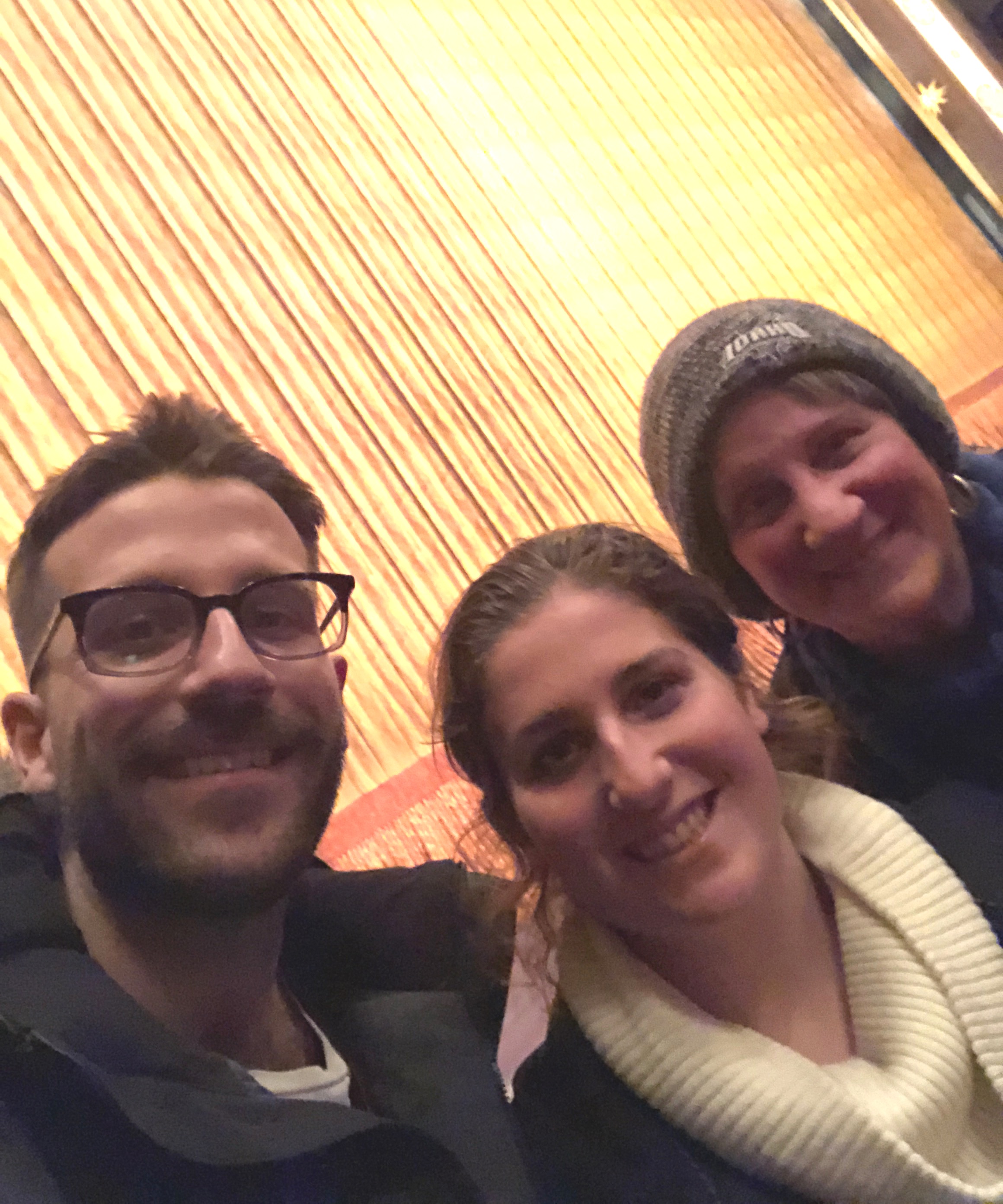
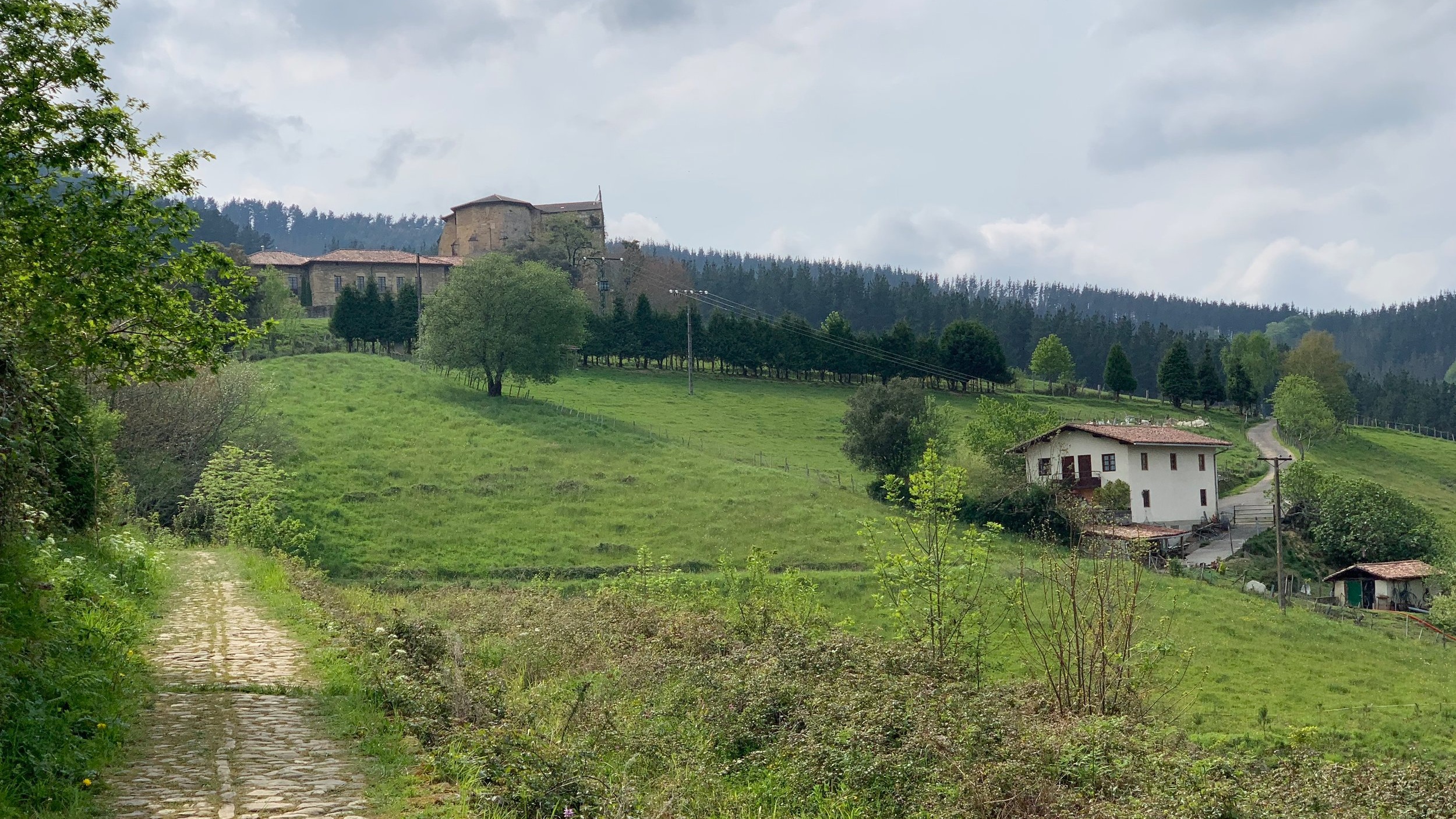






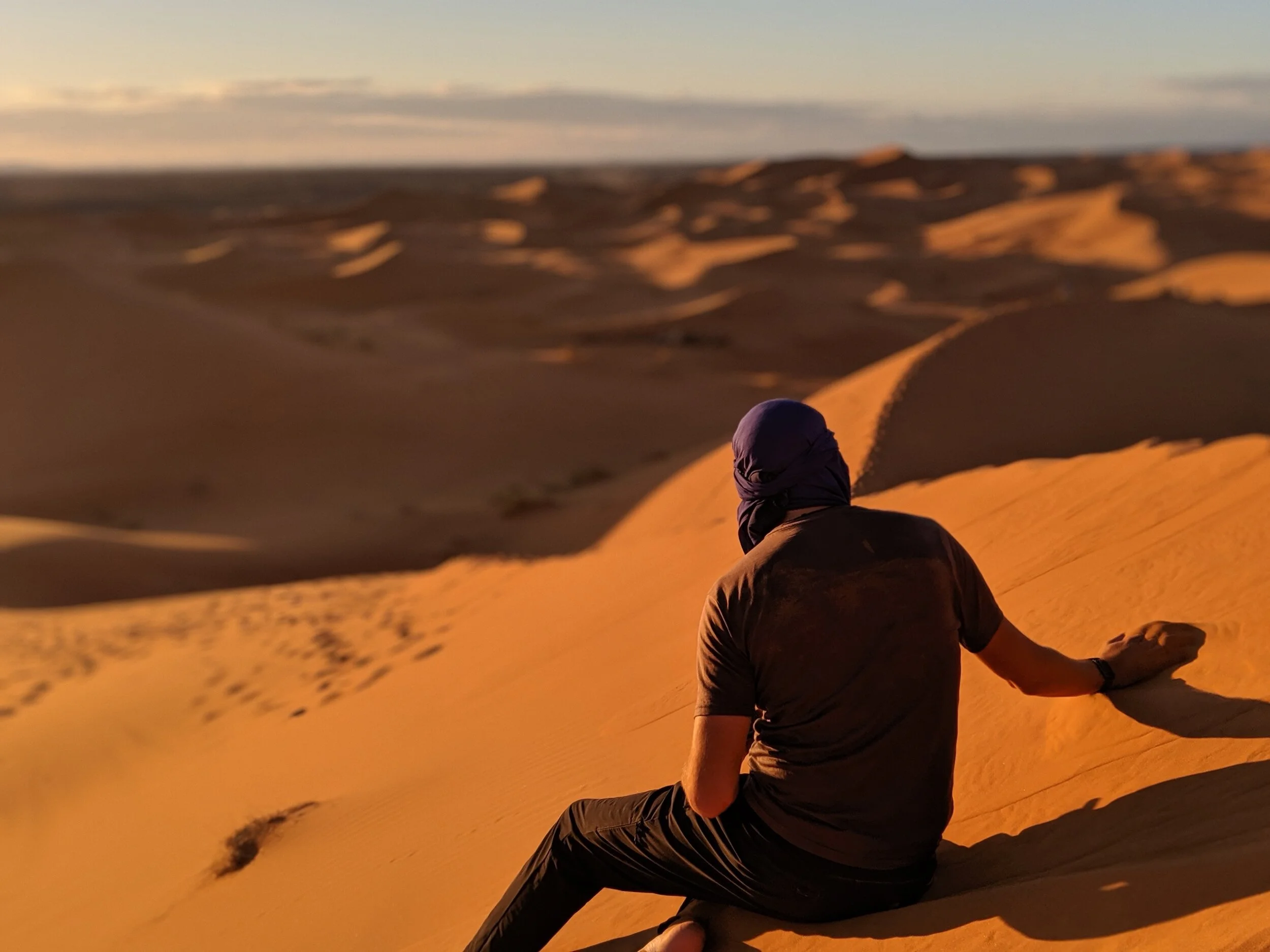



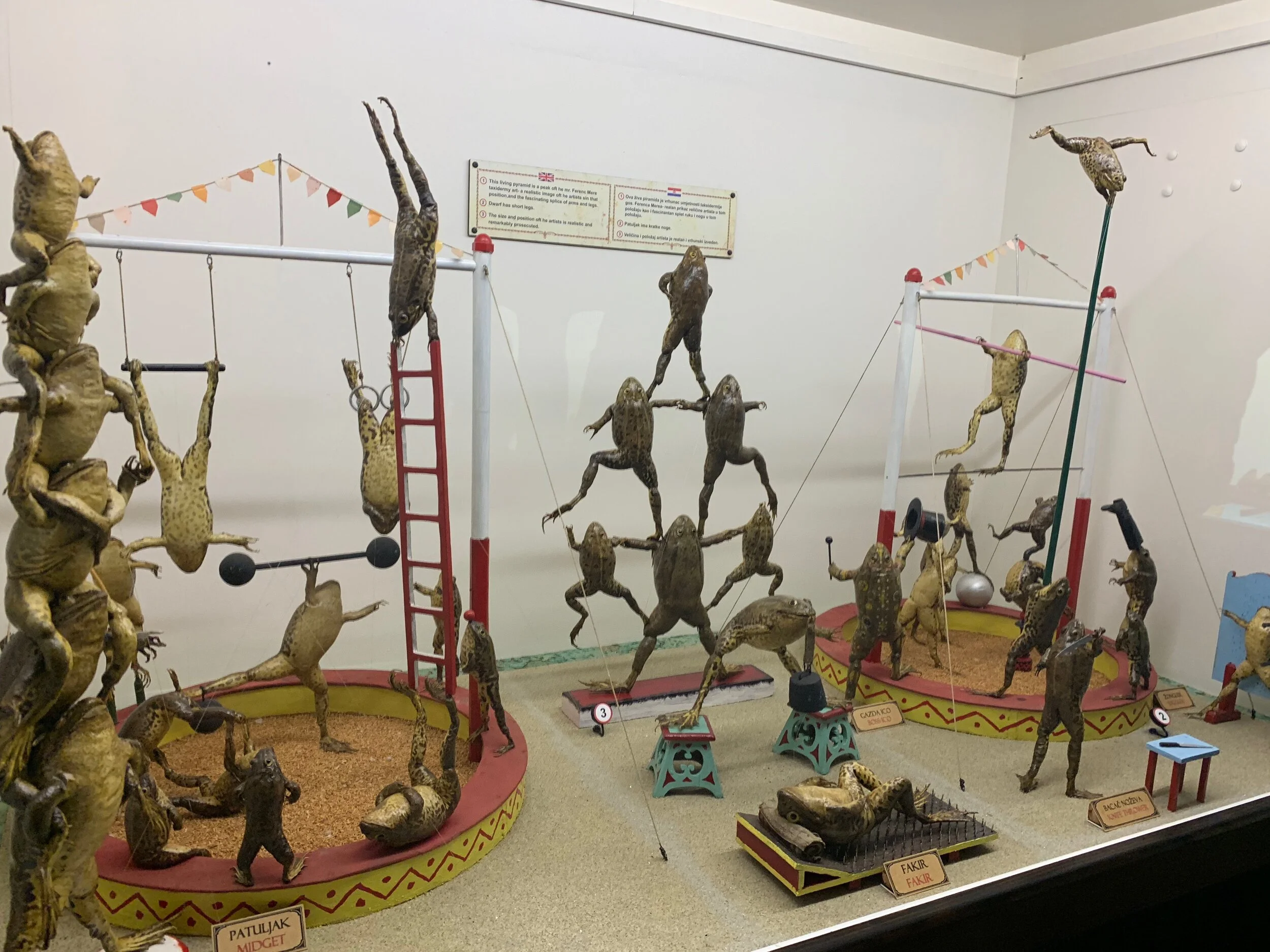
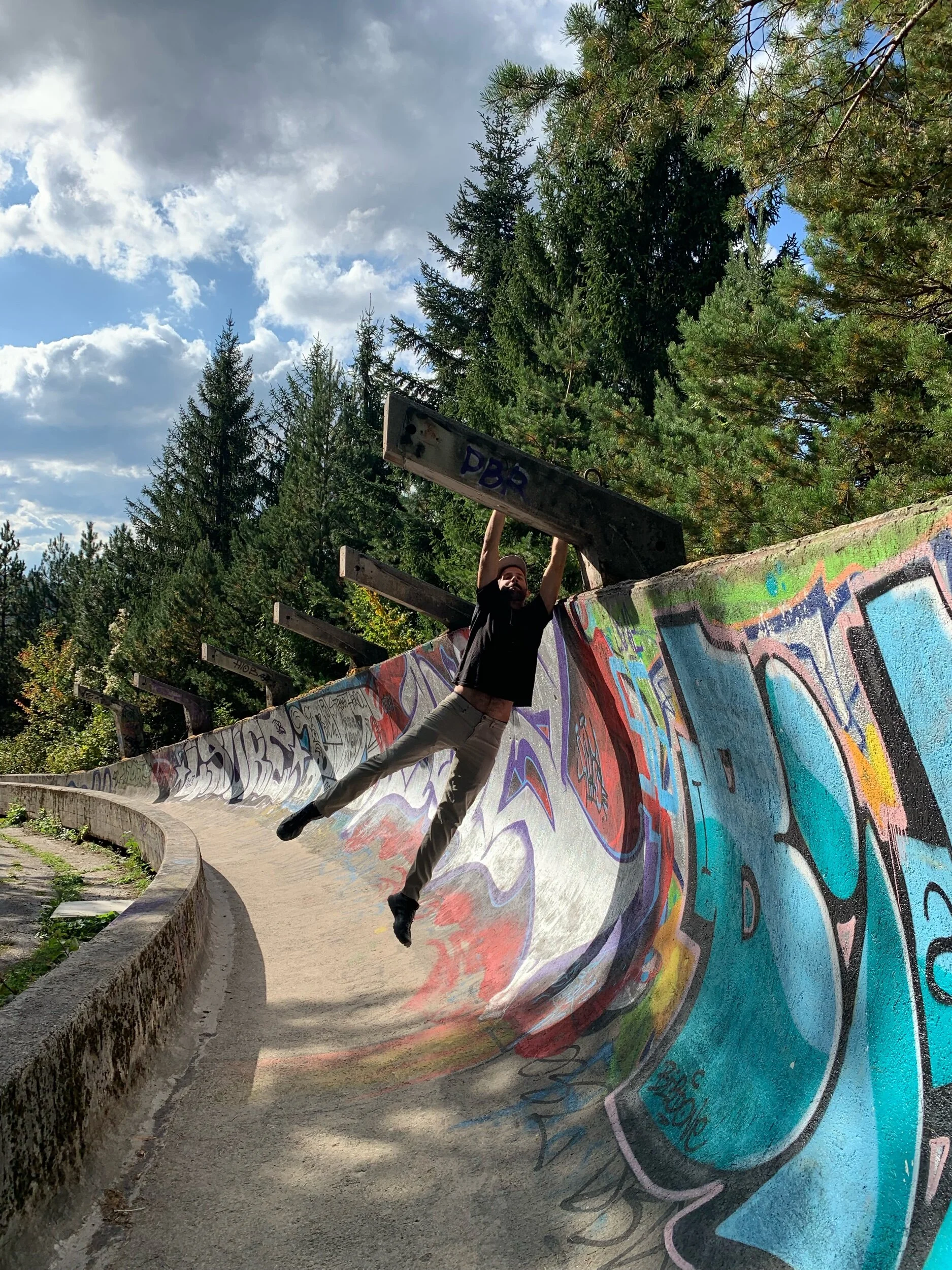
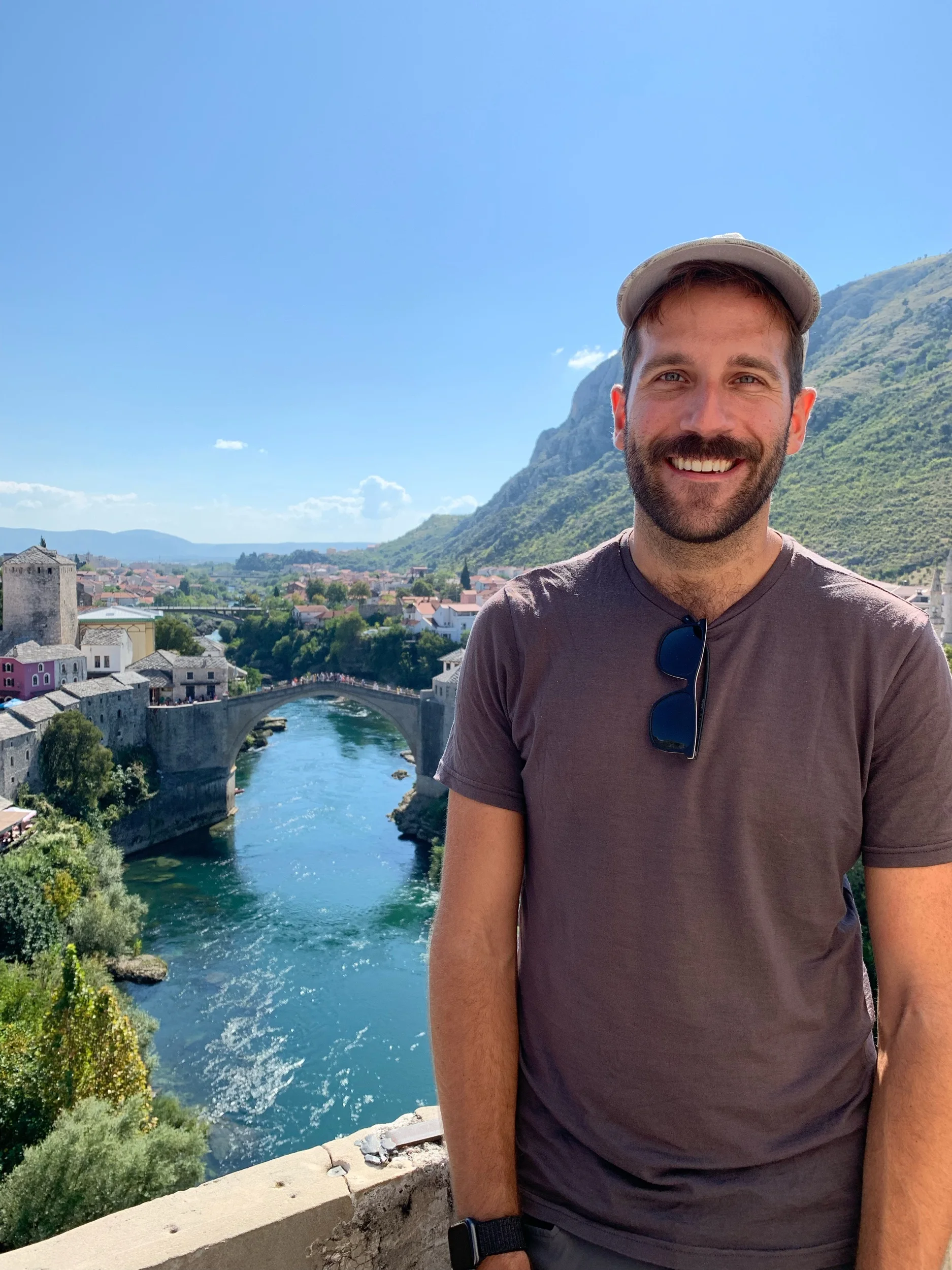
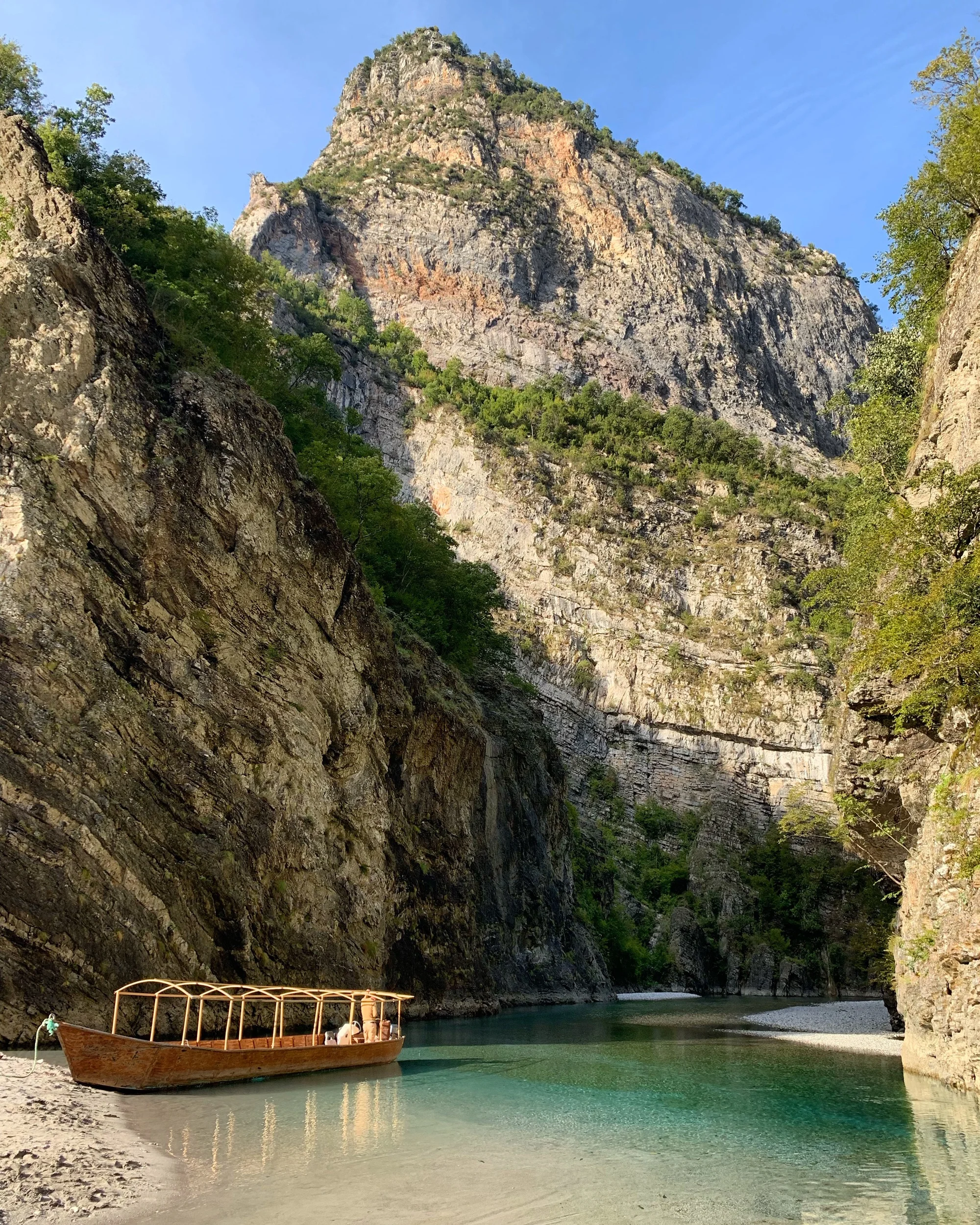
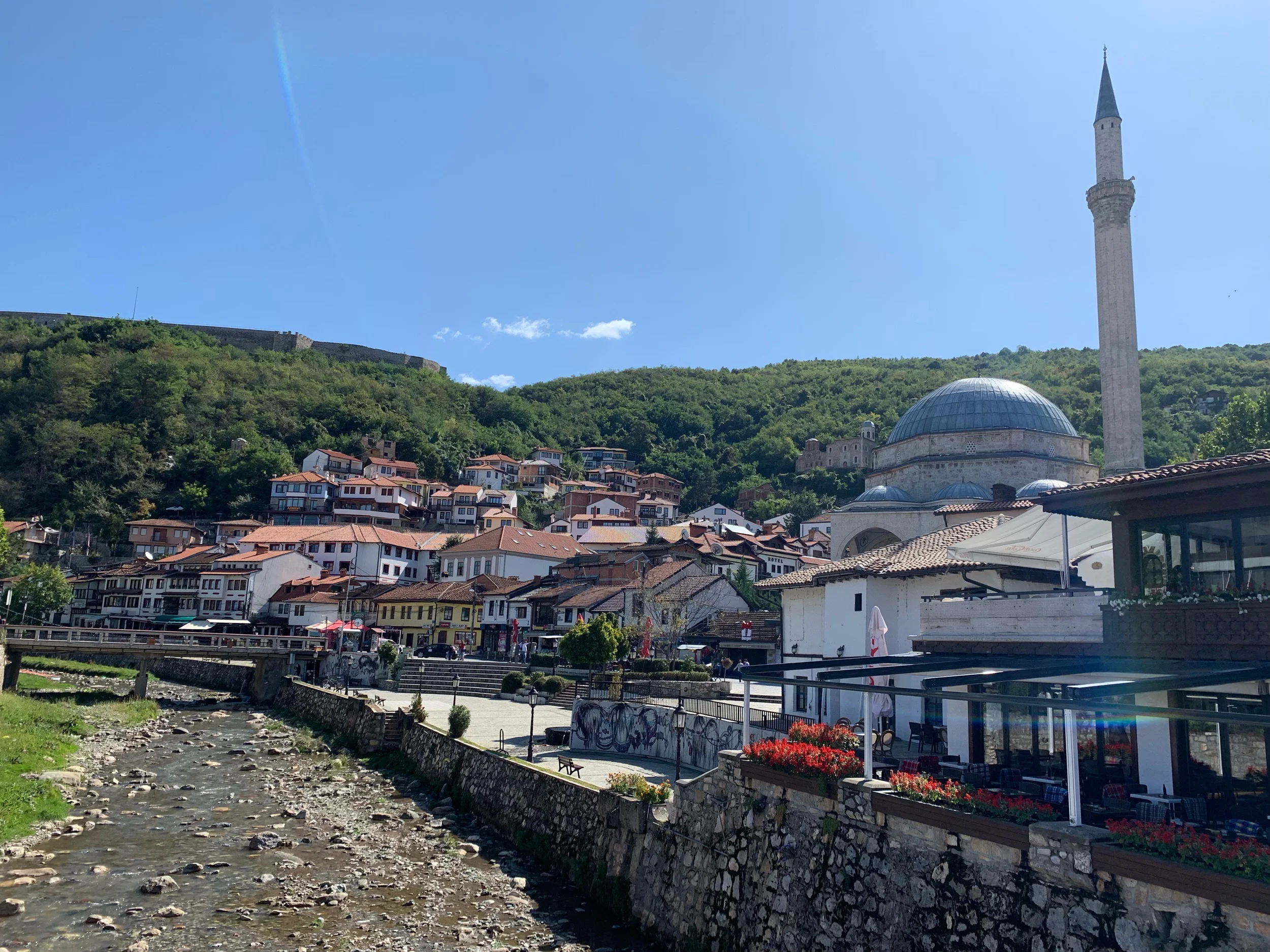
A must for history junkies